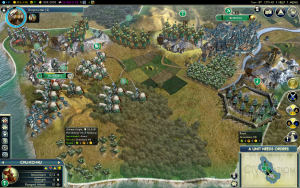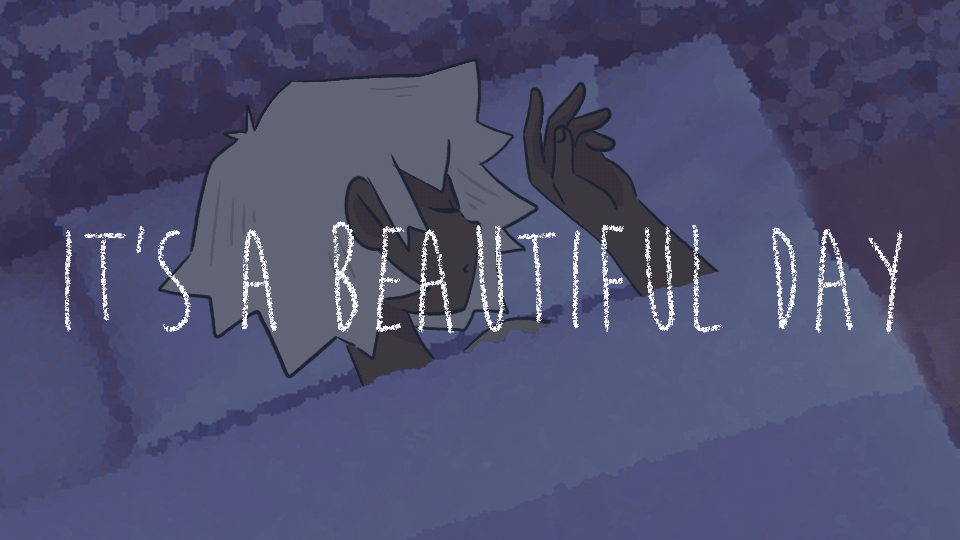With the continued improvement of technological capability we have been able to invent new and improved ways of Human Computer Interaction (HCI.) With technologies such as voice recognition, search memory, Virtual reality (VR) and Augmented reality (AR) we have new ways to use and communicate with our devices. This is only made possible through extensive research and a mixture of engineering and psychology.
Voice guided UI is the process of using your voice to issue commands to your device. It is extremely common with modern mobile devices and now there are even personal “secretary” devices such as google home which only respond to speech recognition. Within the next 5 years it is predicted that the adoption of speech recognition UI will rise to 85%. Speech recognition is awesome because it synergizes with modern working life and is very easy to learn to use. Speech recognition is consistently being improved to allow people with different accents and speech impairments to use it effectively.
VR and Augmented reality have become very popular in recent years. Although they may seem similar they are in fact quite distinct. VR is virtual reality and is a computer generated environment and is designed to trick the user into thinking they are in that environment. AR is more of an overlay to describe or add to our current “real” environment. It is used in games recently in games like Pokémon GO. AR is also used for educational and behavioural gamification. Some games and apps add “collectible” overlays to encourage people to travel to certain areas within certain times. AR is often used combined with real life scenarios and VR creates its own environment.
Observation is one of the tools used by Games designers when researching the players. They observe participants playing the game using Biometrics. Biometric research is an automated way of recording someone’s physiological data. Readings are often taken by monitoring heart rate, brainwaves and galvanic skin response (how sweaty they are). Biometrics are a good way of recording data as you do not have to keep interrupting the gameplay with questions. It also allows us to compare “spikes” on the data with how the user reports they were feeling afterwards. This data is used to test how the player is interacting and responding to the game environment, which is really useful information for gameplay but is very important in producing a state of “Flow” (Flow is the state at which a person becomes fully immersed and involved with the activity, with energised focus). Biometrics fail when there is no justification from another source to give them meaning. A raised heartbeat could be due to immense excitement, happiness or stress, but there is no way to interpret it definitely.
I think by using research we can anticipate “roughly” how someone may react when confronted with a certain scenario. Games like Left 4 Dead change the difficulty of the game depending on how well or badly a player has played so far. This is a good way of reacting to the player and challenging them. I think that ultimately we can predict what somebody is going to do based purely on the choices they are provided. A good game will have multiple ways of dealing with a scenario and hopefully will be tested sufficiently so that the majority of people would respond in one of those ways.
Sources
https://careerfoundry.com/en/blog/ui-design/the-future-of-human-computer-interaction-whats-next/https://link.springer.com/chapter/10.1007/978-3-319-07626-3_71
https://www.nngroup.com/articles/game-user-research/
Cognitive Psychology Applied to User Experience in Video Games






 Horse master: The game of horse mastery by Tom McHenry
Horse master: The game of horse mastery by Tom McHenry